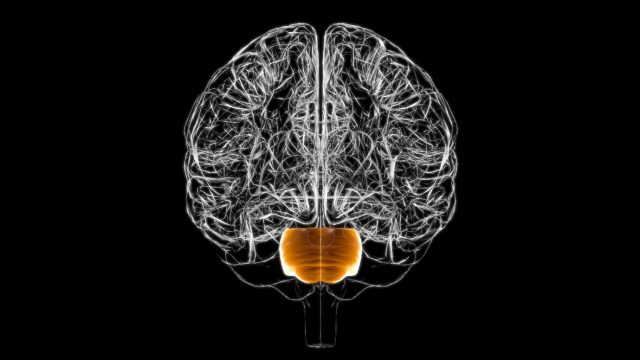John Kim of UCLA works in the field biomedical research and technology. In the following article, John Kim explains how Neuromodulation and BCI can unlock the potential for understanding neurological disorders.
Everyone deserves a chance to recover from an ailment. Unfortunately, many suffer from illnesses and disorders that make them unable to move, speak, or function with ease.
Perhaps BCI can help them.
But what is it? And how does it work?
John Kim of UCLA delves into this experimental technology – and who can benefits from it.
John Kim of UCLA Explains Brain-Computer Interface
BCI (Brain-Computer Interface) is a computer-based system that patients can have implanted in their brains. Researchers are experimenting with BCI to allow these patients to control external devices through brain signals.
For instance, most people suffering from paralysis or amputated limbs typically have normal brain function – they still think like everyone else. The only difference is there’s damage in their brain or disruption in nerve signals that make them unable to speak or move certain body parts.
John Kim of UCLA explains that BCI can analyze or translate thoughts, enabling them to move their assistive mobility device or easily use their speaking devices.
And it seems to work for most individuals with BCI implants.
The Effectiveness of the Technology
The US Government Accountability Office gathered a report from a leading BCI company. From their research, they note that “fewer than 40 people worldwide have implanted BCIs, all of them experimental.”
John Kim of UCLA notes, however, most of those with BCI implants have a better quality of life.
The New York Times article reported that a man named Pancho (who had a BCI implant) became the first person to communicate his thoughts through a computer – despite having a brainstem stroke that left him paralyzed since he was 20.
Since Pancho’s success story, many other participants of the BCI experiments have been able to communicate again – all by using their own minds. And several other studies can prove it.
In a study (published by the AHA Journals), researchers incorporated BCI in the experiment to allow people with mostly stroke-related arm paralysis to move the mechanical orthosis attached to their damaged arm. They reported a success rate that ranged from 65% to 90%.
Moreover, researchers from Brown University conducted a similar experiment. John Kim of UCLA explains that they used different robotic arms for individuals to use – from the DLR robotic arm to the DEKA bionic arm – and they, too, had an impressive success rate: from 69% to 95%.
But besides stroke patients, who else can benefit from BCI?

Giving Patients Back Their Voice
The World Health Organization (WHO) states there haven’t been any reliable sources of paralysis prevalence. However, they estimated that out of a million individuals, 40 to 80 of them suffer from it. It’s worth noting that the report was in 2013 – it most likely changed since.
Let’s take a look at other diseases that can lead to paralysis:
- Multiple Sclerosis (MS)
- Cerebral Palsy
- Guillain-Barré Syndrome
- Amyotrophic Lateral Sclerosis (ALS)
- Spinal Cord Injury
- Traumatic Brain Injury
The WHO also notes that many of the causes of paralysis are related to vehicular-related accidents. That said, anyone who knows a person who frequently drives vehicles or motorcycles is at risk of injury, which can cause paralysis.
However, vehicular accidents can also lead to amputation, as physical trauma from accidents can damage tissue, muscle, and bones to the extent that it’s no longer repairable. John Kim of UCLA explains that in cases like those, amputation is the next best treatment.
However, patients can also be subject to amputation if they suffer from these diseases:
- Cancerous tumor
- Severe infection
- Frostbite
Anyone whose loved one suffers from cancer is hopeful that there will be treatments – that can allow their friend or family to live a comfortable life.
But despite the number of pain-relieving medications that frostbite sufferers and cancer patients have, for them, life is still not the same as it used to be.
John Kim of UCLA says that they still want to hold a cup or a bowl using all of their fingers – and without help from others.
They still want to communicate how they’re feeling – without people figuring it out through simple nods or yes or no questions.
Fortunately, BCI is rapidly emerging. And we can expect that more people with said diseases can restore their communication abilities and mobility.
Summary
John Kim of UCLA remarks that no one wants to see their loved ones have difficulties moving or communicating. Unfortunately, individuals who suffer from stroke or vehicular-related accidents often live with paralysis or amputation – diseases that prevent them from functioning how they used to.
To some patients, their caregivers typically have to guess what they’re trying to communicate – which is often challenging and stressful.
However, with BCI, they can say what they want to say more easily and move better and more independently.
Let’s hope for BCI’s widespread availability soon – for a more comfortable journey to recovery.









